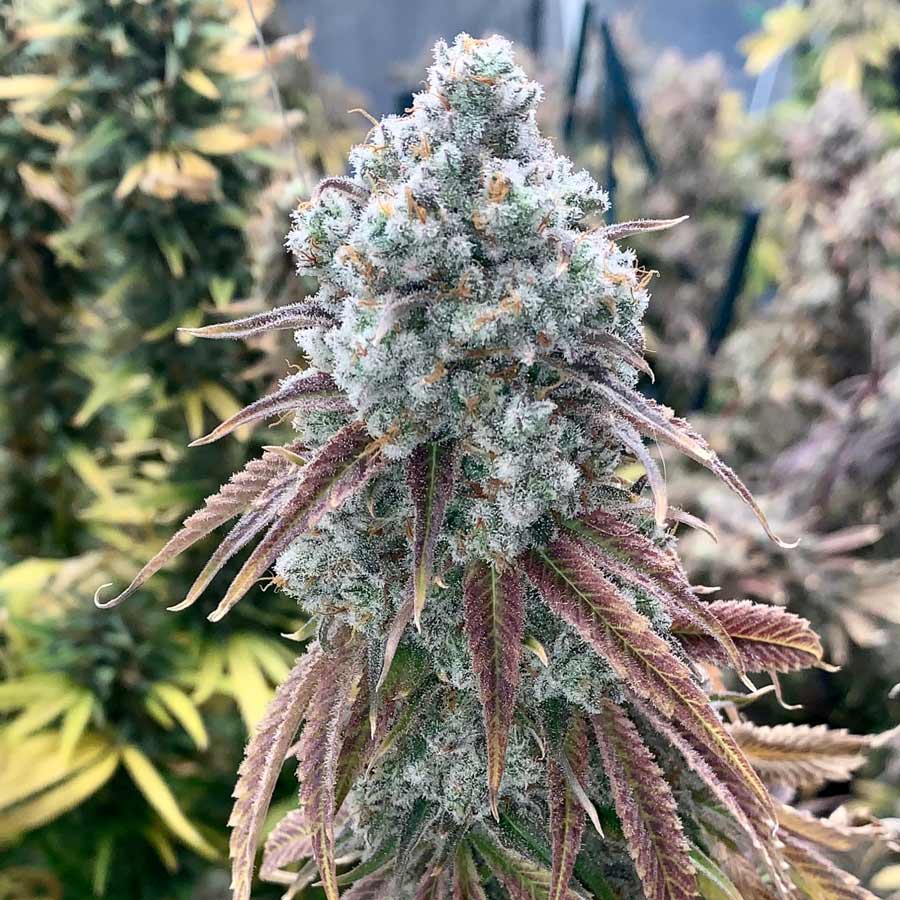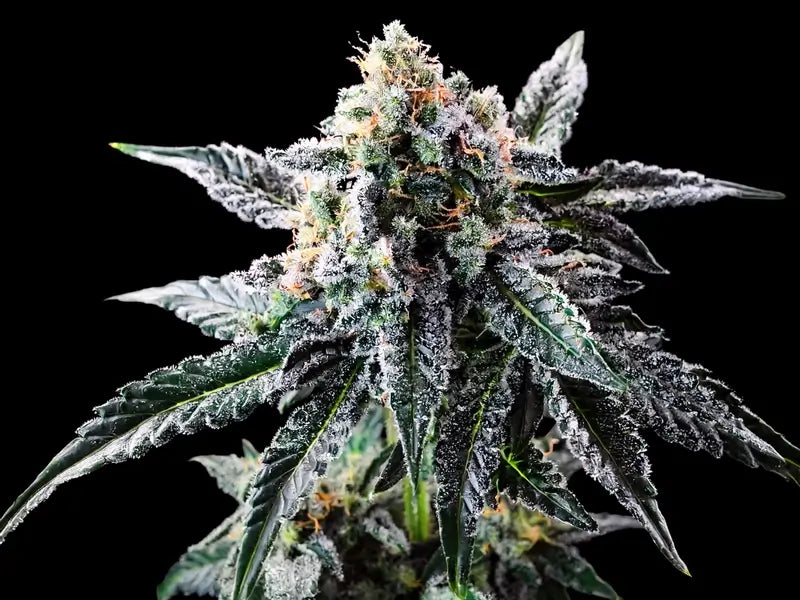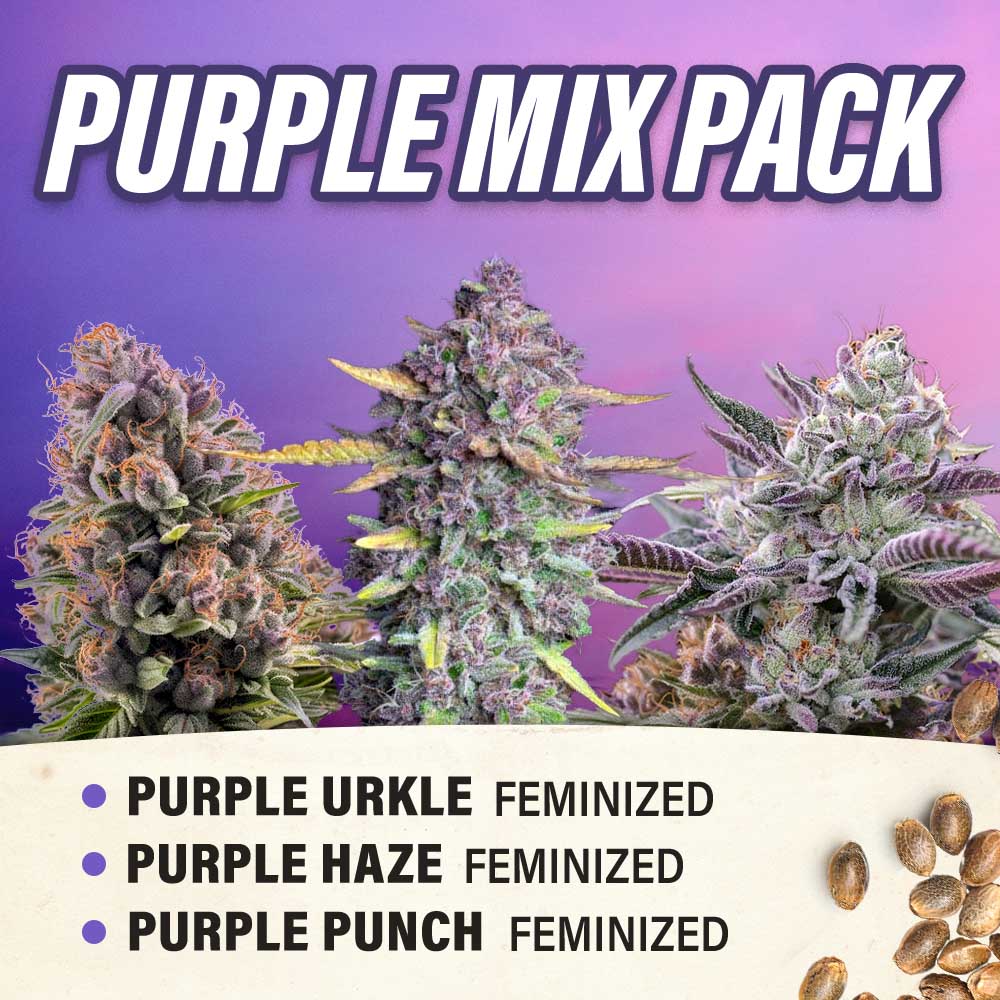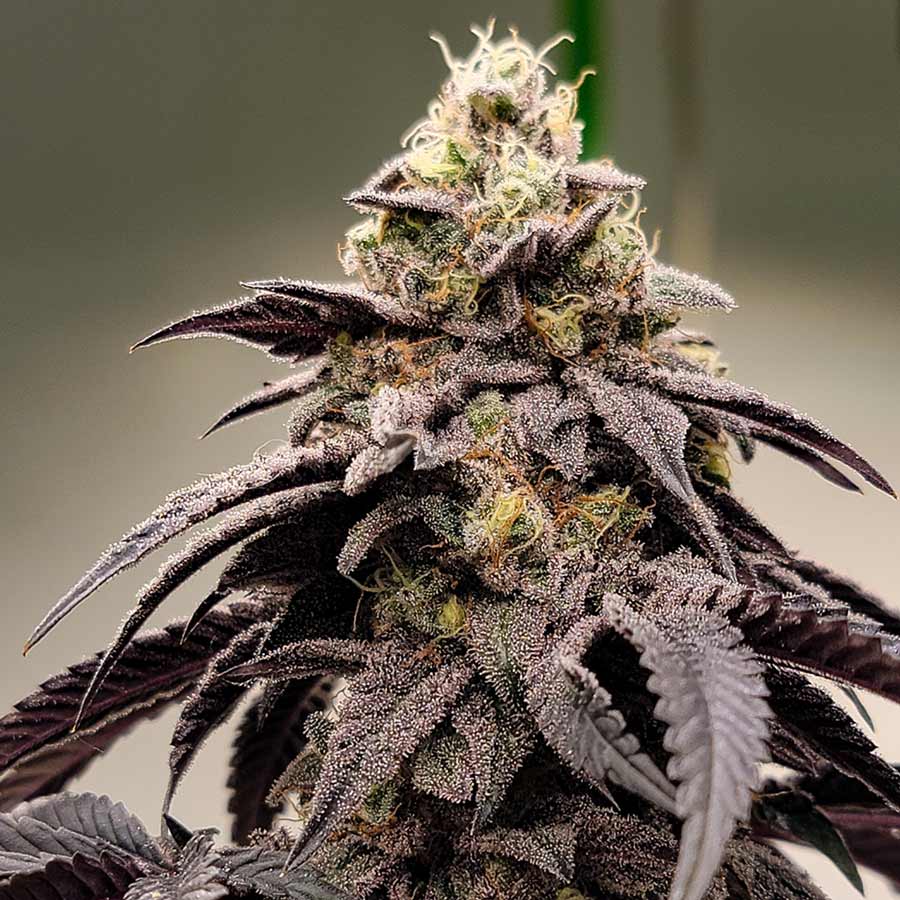Vegetative Stage of Weed: 5 Important Care Tips for Growers
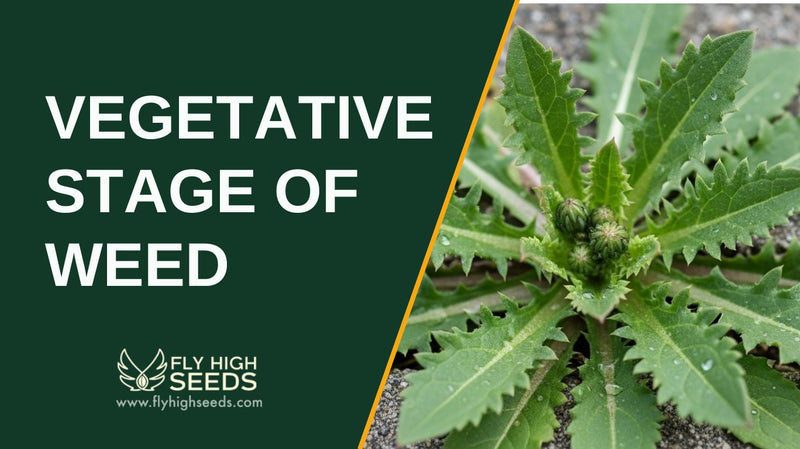
The vegetative stage of weed is a crucial period in the life cycle of cannabis plants where strong roots, sturdy stems, and lush foliage begin to take shape. For growers, this phase lays the foundation for healthy growth and a successful harvest, making proper care and attention essential from the start.
What Happens in the Cannabis Vegetative Stage?
During the cannabis vegetative stage, plants shift from the delicate seedling stage to a phase of vigorous growth, focusing on building a strong root system, sturdy branches, and healthy leaves. This is when cannabis plants thrive under an extended light period, typically 18–24 hours of light daily, encouraging rapid vegetative growth.
The plant's development at this stage sets the groundwork for future bud growth and overall yield, making it essential for growers to maintain ideal environmental conditions and consistent water and nutrient levels.
How to Care for a Cannabis Plant During the Vegetative Stage
Proper care during the vegetative stage helps ensure healthy growth, uniform development, and a seamless transition into the flowering phase. Here are key care tips every grower should follow:
Monitor the Lighting Schedule
Cannabis plants require longer periods of light—typically 18 to 24 hours a day—to stay in the vegetative growth phase. A consistent light cycle encourages vigorous growth and helps indoor growers prevent early flowering. Most growers use LED or HID lights to deliver optimal light exposure without causing heat stress.
Optimize Water and Nutrients
During this phase, plants need increased amounts of water and nutrients to support rapid growth. Ensure the soil remains moist but not waterlogged to avoid root rot. Use nutrient formulas high in nitrogen to promote the development of healthy leaves and strong stems.
Maintain Ideal Environmental Conditions

Temperature should remain between 70–85°F with humidity levels around 40–70%. These conditions support healthy vegetative growth while minimizing the risk of pests or disease. Proper air circulation also plays a vital role in keeping plant health stable.
Train for Better Structure and Yield
Low stress training (LST) and topping can help shape the plant’s structure, encouraging more bud sites and a broader canopy. These methods are especially useful for indoor growers with limited grow space and help boost yield during the flowering phase.
Inspect Regularly for Plant Health
Keep a close eye on the plant’s development, watching for signs of nutrient deficiencies, pests, or stress. Healthy leaves should be vibrant green and firm. Early detection and correction can prevent issues from affecting the flowering stage later on.
Things to Avoid During the Vegetative Stage of Weed
While the vegetative stage sets the foundation for your plant’s success, certain missteps can slow down growth or even compromise the harvest. Avoid these common pitfalls to keep your cannabis plants thriving:
- Inconsistent lighting: Irregular light cycles can confuse photoperiod varieties and trigger early flowering. Ensure your plants receive a steady extended light period each day.
- Overwatering or underwatering: Both can harm the root system. Overwatering leads to root rot, while underwatering limits nutrient uptake. Aim for balanced moisture in the soil.
- Poor ventilation: Stale air and high humidity levels can lead to mold and pests. Maintain good airflow in your grow space to support healthy vegetative growth.
- Skipping plant training: Neglecting low stress training or topping can result in uneven, leggy growth. Training helps create uniform growth and more bud sites for better yield.
- Incorrect nutrient balance: Using the wrong nutrient mix—especially one low in nitrogen—can stunt growth and weaken stems and leaves. Use a formula tailored for vegetative growth.
- Neglecting pH levels: Water and nutrient solutions with improper pH can block nutrient absorption. Keep pH levels between 6.0 and 7.0 for soil-grown cannabis plants.
- Not monitoring plant health: Failing to check for pests, yellowing leaves, or other signs of stress can allow problems to worsen. Regular inspections help maintain vigorous growth.
Best Nutrients to Use During Cannabis Vegetative Stage
Feeding your cannabis plants the right nutrients during the vegetative stage is key to promoting strong, healthy growth. Here are the most important nutrients to focus on during this phase:
- Nitrogen (N): Vital for leaf and stem development; it fuels the plant’s rapid vegetative growth.
- Phosphorus (P): Supports root expansion and overall plant energy, preparing plants for later flowering.
- Potassium (K): Enhances water uptake, strengthens stems, and boosts resistance to stress.
- Calcium: Helps develop strong cell walls and supports overall plant structure.
- Magnesium: Essential for chlorophyll production and efficient light absorption.
- Micronutrients (like zinc, iron, and manganese): Needed in small amounts but crucial for balanced, healthy growth.
Final Thoughts

The vegetative stage is more than just a growth phase—it's the cornerstone of a thriving cannabis plant. With the right care, attention, and environment, growers can set their plants up for a productive flowering stage and ultimately a successful harvest.
Keep learning, stay observant, and adjust as needed—your plants will show you the results.
Ready to take your grow to the next level? Apply these vegetative stage tips to set a strong foundation for your cannabis plants. For more growing insights, study related guides and stay informed on best practices throughout every phase of cultivation.
Frequently Asked Questions
How long does the vegetative stage of cannabis typically last?
The vegetative stage usually lasts between 3 to 8 weeks, depending on the strain and growing conditions. Indoor growers can control the duration by adjusting the lighting schedule, while outdoor plants stay in this phase naturally until days become shorter and trigger flowering.
Can I transplant my cannabis plants during the vegetative stage?
Yes, the vegetative stage is an ideal time for transplanting since the plant is actively growing and can recover quickly. Be sure to handle the root system carefully and move the plant into a larger container with nutrient-rich soil to support continued healthy growth.
What type of soil is best during the vegetative phase?
A well-draining, nutrient-rich soil with good aeration is ideal. Look for soil that contains compost, perlite, or coco coir to support strong root development and prevent issues like compaction or root rot. Proper soil also helps with moisture retention without becoming waterlogged.
Is it okay to prune during the vegetative stage?
Yes, pruning can be beneficial during this stage as it encourages bushier growth and improved light penetration. Remove weak or lower branches to help the plant focus energy on healthier top growth and future bud sites.
Do autoflowering plants have a vegetative stage?
Autoflowering plants do go through a vegetative stage, but it is shorter and not controlled by light cycles. These plants automatically transition to the flowering phase based on age, so it’s important to optimize care early to take full advantage of their limited vegetative growth period.
